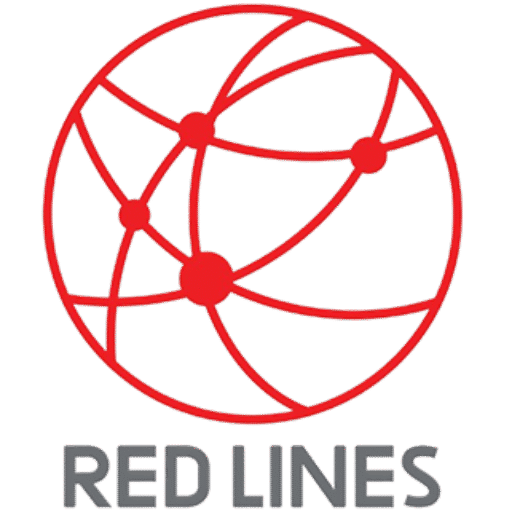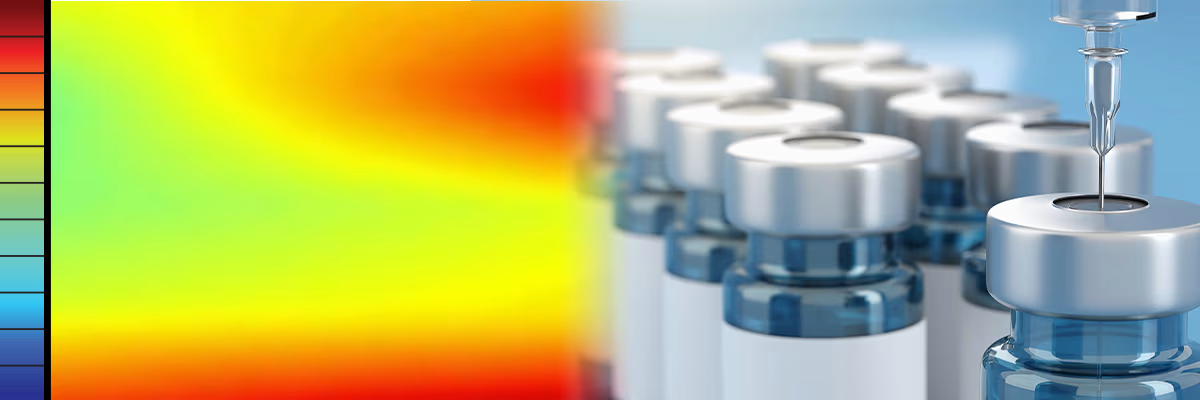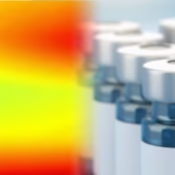In the context of large distribution centres in Jeddah’s intense climate environment, a robust temperature mapping study is essential. A properly executed temperature mapping study at a food, pharmaceutical or ambient-goods warehouse uncovers the hidden spatial and temporal variations that can lead to product spoilage, non-compliance or unnecessary energy use. At Redlines we deliver such studies across Saudi Arabia—specifically Jeddah, Dammam and Riyadh—so clients understand not just “is it cold enough” but “does every zone behave as expected under real-world conditions.”
When preparing for a temperature mapping study in a Jeddah distribution centre, here are 12 key factors that affect accuracy of the results, and how to manage them:
- Sensor placement and density. If the data loggers are placed only in obvious locations, you may miss hot-spots or cold-spots at the edges, corners or high shelves. A good temperature mapping study deploys calibrated sensors across varied heights, zones, near doors and air-flows.
- Calibration and accuracy of equipment. The precision of each sensor matters: drift, tolerance, or mis-reading can skew the map. Redlines emphasises use of high-accuracy sensors and calibration processes.
- Operational conditions during the study. A mapping study must reflect real-life operations (door openings, loading/unloading, internal air flows). If you map under ideal static conditions you might miss what happens during active use.
- Duration and timing of the study. Temperature behaviour changes over time—day versus night, seasonal effects, operational cycles. Conducting a temperature mapping study over a sufficient period (e.g., 7–10 days) under realistic conditions ensures you capture typical fluctuations.
- Air-flow, ventilation and stratification. Poor air-circulation leads to stratified conditions where the top shelves are warmer than lower levels, or some zones are stagnant. The temperature mapping study must detect these patterns.
- Door openings, dock operations, external influences. For a Jeddah distribution centre, the hot ambient climate (and sometimes humidity) means frequent door use, sun-heat infiltration, and external heat sources influence internal conditions. A temperature mapping study must account for these.
- Insulation, wall, roof and floor thermal behaviour. The shell of the building (roof, walls, floor) can absorb heat and influence internal conditions; for instance a roof exposed to sun will radiate into the space below, affecting internal temperature variation.
- Load configuration and pallet stacking. How goods are stacked, how the layout is arranged, shelf height, spacing between pallets – all affect local temperature patterns. In a temperature mapping study one must consider different load scenarios.
- Zone‐based differences (cold room vs ambient vs freezer). In a multi-zone distribution centre you may have ambient, chilled and frozen zones. Each behaves differently. A temperature mapping study must segregate zones and treat them accordingly.
- External climate and seasonal variance. In Jeddah (and likewise in Dammam and Riyadh) high ambient temperatures and humidity affect the internal behaviour of distribution centres. Seasonal changes (summer peaks, monsoon/humidity changes) should be accounted for in a temperature mapping study.
- Compliance and documentation standards. For sectors like pharmaceuticals and food you may need to demonstrate that the temperature mapping study meets standards (e.g., regulatory guidance) and that your results are compliant. Redlines supports clients in compliance-ready reporting.
- Data analysis, reporting and actionable recommendations. Conducting the sensors is only part of the job—a temperature mapping study must include rigorous data interpretation, visualisation (heat-maps), identification of problematic zones, and recommended corrective actions. At Redlines we provide full reporting and follow-up recommendations across Saudi Arabia (Jeddah, Dammam, Riyadh).
In a distribution centre in Jeddah where the ambient temperatures can rapidly exceed safe limits, overlooking even one of these factors during your temperature mapping study could lead to undetected hotspots, compliance failures, product loss, or inefficient energy use. By partnering with Redlines you ensure that the temperature mapping study is done with local climatic awareness, professional equipment, and actionable insights tailored for the Saudi Arabian market.

Whether you operate a cold-storage warehouse, ambient distribution facility, or logistics hub in Jeddah, Dammam or Riyadh, a well-executed temperature mapping study is not a luxury—it is a necessity for reliability, compliance and efficiency. Visit www.Redlines.sa to learn how our services can help you uncover thermal variations, optimise your storage environment and safeguard your operations.











